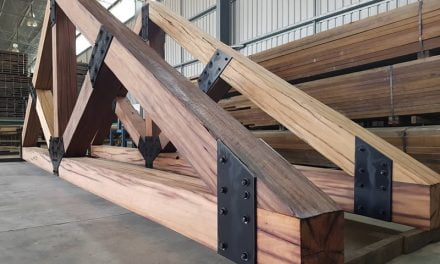Australia’s renovations sector is not especially well measured. HIA Economics has plugged the gap to an extent with the Renovations Roundup. The report presents the results of a unique industry survey, analyses the structure of the industry, explores the key drivers of activity, and discusses the future prospects for the renovations market in each state and territory. The report is free to HIA members and available through an annual subscription to non-members: aciresearch.com.au/en/Publications
We are projecting renovations activity to start recovering over the next number of years. A 4.6 per cent increase in renovations activity is forecast for 2015/16, followed by growth of 0.4 per cent during 2016/17.
Another year of growth in renovations activity (+2.4 per cent) is forecast for 2017/18, with the decade projected to end on a strong note involving growth of 4.1 per cent in 2018/19. During 2018/19, the value of renovations activity is forecast to reach $31.87 billion. This represents a 12.1 per cent increase on activity during 2014/15. We’d take that!
The Renovations Roundup also contains a range of detailed information regarding the characteristics of the market – for instance, the value of individual projects. It is difficult to characterise a “˜typical’ size for renovation jobs, but the latest survey indicates a very wide variation in the average size of renovation jobs undertaken by different renovators.
According to the August 2015 HIA Renovations Market Survey, the single most common value of a renovation job was in the $12,001 to $40,000 range, with 22 per cent of renovator builders citing this as their typical job value. The next most common range for renovations work was $200,001 to $400,000, as identified by 18 per cent of survey respondents. Of the total, 10 per cent indicated that their typical job size was in the $150,001 to $200,000 range. A further 10 per cent operated in the very large renovations area, with a typical job size of $400,000 or higher.
These higher value jobs are moving up the ladder again in terms of the proportion of total renovation jobs they account for, following a sustained period of weak demand since the GFC. That’s obviously a good result in terms of the potential implication for structural renovation work.
Unsurprisingly, the vast majority of renovations work is performed on detached houses. Based on the results of the HIA Renovations Market Survey for August 2015, 90 per cent were conducted on detached dwellings, the remaining 10 per cent of work was made up of semi-detached houses/townhouses (6 per cent), units in 1 or 2 storeys (1 per cent) and units in 3+ storey buildings (2 per cent).
The effect of wear and tear, as well as the depreciation of the housing stock, is the single largest driver of work in the renovations market. Repairs and maintenance account for the single largest share (26 per cent) of renovations work being undertaken, a consistent survey finding over the last year. Changes in taste as well as the effects of antiquation mean that bathroom renovations are also a significant portion of market activity (20 per cent). Similarly, kitchen renovations (14 per cent) are also an important part of the market.
Substantial structural works involving ground floor extensions represent 13 per cent of total renovations jobs, and this share – while still low – has been consistently increasing over the last year.
We are currently undertaking further research into this trend and we will keep you posted.
For information about the HIA Renovations Roundup go to: aciresearch.com.au/en/Publications










